once a formidable workhorse, now reduced to a museum object
an old wagon at the abandoned La Paz railway station, now a museum
the San Marcos church was also designed and supplied by Eiffel
the Christa de la Paz statue symbolizes the (uneasy) peace between Chile and Peru
pelicans are waiting at the harbor for their spoils of the catch of the day
Arica is Chile's northernmost port town, just south of the Peruvian border. Chile took the city from Peru in 1880
in the bloody
Battle of Arica.
Long before this, the Arica area was home to the
Chinchorro people, who practiced
mummification 7000
years ago, well before the Egyptians took up that peculiar habit. Some of the mummies are on display at the
Museo Momias Chinchorro.
In
colonial times, silver mined at
Potosi in Bolivia, was shipped from Arica to Spain, making the town an attractive target for raids
by privateers like Francis Drake and Joris van Spilbergen.
Arica serves as a free port for Bolivia as that country lacks
access to the Pacific Ocean since it lost the
War of the Pacific.
Nicknamed The city of eternal spring, the area's dry and nice
climate and sandy beaches attracts scores of wealthy Bolivians and Chileans alike.
We visited Arica in July 2011.

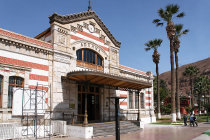
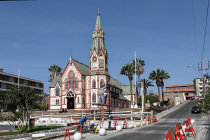


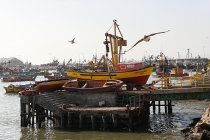




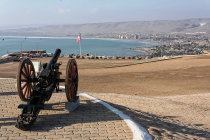
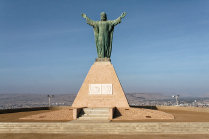





At Arica huge Pacific waves draw a lot of surfers that are pulled to (and rescued from) the surf by jet ski




the Customs Office dates from 1868. Design and materials are from Gustave Eiffel









the fishing fleet at Arica harbor






the "El Morro de Arica" cliff was the last stand for the Peruvian soldiers in 1880 who fought to the last cartouche



on top of the Morro you have a nice view of the secluded Playa El Laucho



the monument at El Morro for the unknown soldiers who died in the Battle of Arica









another remnant of that famous battle

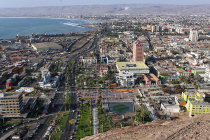

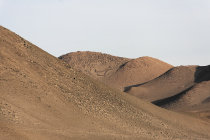
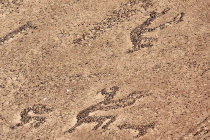
the hills in the Azapa Valley near Arica are decorated with ancient rock art
the Morro's cliff edge is a favorite hangout and meeting place for the resident Turkey vultures
looking down on a bustling Arica









the figures are constructed with pebbles and small rocks and are probably at least 1000 years old






































































